May 3, 2022
Quantum education

Toni Marín
Bachillerato teacher and Technical Director
in charge of Spanish national university applications
Duality, cosmological constant and determinism versus uncertainty are quantum concepts that are applicable to education in my view. 18 years of experience support my theory: during my time teaching, I have learned, evolved and acquired a global vision of each cohort of graduating students.
In my first years as a teacher, my priority was to achieve academic excellence for my students, something that is still very present today. But it is also necessary to make this aim compatible with a much broader approach. I am reluctant to promote a purely linear educational approach in the sense of providing the knowledge that the student must acquire. For me, the most important and exciting element of the teaching process is to move towards a dimensional education in which knowledge is intertwined with variables of vital importance such as the gaze, the bond, dynamism and uncertainty, among others.
The Quantum Gaze
In the quantum world, all the possible realities that we can imagine exist, as represented by Schrödinger’s cat paradox, but only one of them will materialise as such at the moment we observe that world; that is, the observer will be decisive in the reality to be found.
In the same way, and setting an analogy with education, we see that these rules work exactly the same. The perspective with which we teachers see our students will largely determine the way in which they perceive themselves. A student’s confidence in him/herself irrevocably requires a teacher’s confidence in the student.
Observation produces the transition from quantum reality to classical reality; this first meeting point between student and teacher will be the central axis of the educational process.
Duality (Quantum Entanglement)
Another interesting concept in Physics is duality. In the universe everything is presented in pairs: we will never find an isolated positive electric charge; it will always be the result of the existence of a negative one; just as we find many other pairs such as matter-antimatter, wave-particle duality of light and matter, action-reaction forces, etc.
In education we also find this duality: there is no teaching without the corresponding learning, we cannot conceive a teaching staff without students; it is a pair that is closely linked.
Quantum entanglement shows that if we place two entangled photons at two distant points in the universe and one of them is subjected to a physical process such as polarisation, that is, the preferential vibration of the electric field in one direction, the other photon receives the information and is also polarised “out of sympathy”.
This phenomenon also occurs in education: the link between teacher and student is real and must be kept in mind for it to occur properly, since it is a process that requires time and specific conditions, as explained in the book of The Little Prince in his relationship with the fox.
The cosmological constant
Just as Aristotle defended the idea of an unchanging sky, Einstein clung to the idea of a static universe and for this he introduced a cosmological constant to his equations that he later recognised as the biggest mistake of his life. Edwin Hubble demonstrated in 1929 that the universe was continually expanding.
In education, nothing is static, everything is in continuous evolution: our students learn and evolve just as we as teachers do with them.
Determinism vs Uncertainty
Newton’s mechanics establish that, once the initial conditions of a system are known, specifically magnitudes such as position and speed, we can know its evolution over time. This gave rise to a philosophical current known as “Determinism”. In 1927, Heisenberg’s principle of uncertainty, which ruled out the possibility of accurately measuring the speed and position of an atomic particle, revolutionised philosophical thought.
Determining a student’s starting point does not define his/her evolution over time because it is impossible to accurately measure their starting point since academic difficulties often mask other underlying problems of a personal, family, maturity nature, etc. It is important that we show our students all options open to them regardless of where they are at any given time. By doing so, we avoid labelling them or setting them on a pre-determined route. It is a personal process, and our role is to accompany our students.
Education requires people who are willing and dedicated to their profession, with a high level of awareness to detect all variables that influence a vital stage in the academic training of our students and, more importantly, in their training as people.


